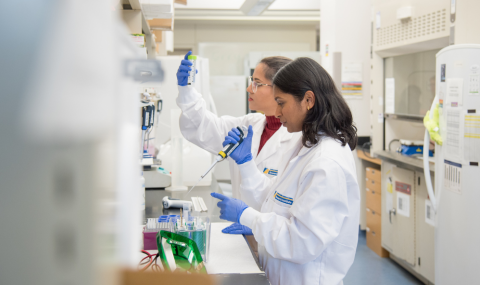ALBUMIN LEVELS
Albumin is the most abundant protein in the blood. We need protein to heal wounds or incisions, to make blood cells that carry oxygen or fight infection and to maintain virtually every cell in the body. Critical illness increases our need for protein.
Albumin is one of the earliest types of protein to fall during illness. We measure it because it can help us to assess a patient's nutritional status. We also measure it because it can tell us about the severity of a patient's illness.
When a patient is very ill, the albumin level is often very low. This may be because they are using their protein at a very high rate or because some protein is "leaking" into swollen tissues. It may also because they have organs that are not working as well as normal (such as poor circulation or decreased function of the liver, kidney or bowel).
During very severe illness, albumin levels may be very low even though we are feeding patients with their required calories. When patients start to get better, we often see their albumin levels begin to improve. A low albumin in not necessarily something we treat. Instead, it is often just one of many signs (called "markers") that can help us to identify that a patient is very sick. When a patient begins to improve, we might see the albumin begin to rise again.
EDEMA
We have protein in many different forms in our blood stream. Proteins in the blood tend to pull water into our blood vessels (acting like a "water magnet"). When the level of protein in the blood is low, water may leave the blood vessels and collect in the tissues. Water in the tissues is called "edema". Critically ill patients develop edema for many reasons. A low albumin level can cause edema or increase the amount of edema from other causes.
Edema fluid tends to travel in a pattern that matches gravity. This is called dependent edema. Individuals who are standing or walking will develop more edema around the ankles (the fluid "sinks" to the dependent areas). Patients lying in bed will develop more edema in their tailbone region or toward the back lobes of the lungs.
During critical illness, edema can often become so severe that the patient's whole body becomes swollen and distorted looking. Edema fluid may even begin to weep from the skin surface. This seepage of fluid has a yellowish appearance, similar to the water portion of the blood (called plasma).
Although the change in the patient's appearance can be upsetting, edema fluid does go away when the patient gets better. We feed patients early to try to provide enough dietary protein, however, until the patient begins to recover from the cause of their critical illness, blood albumin levels often stay low.



